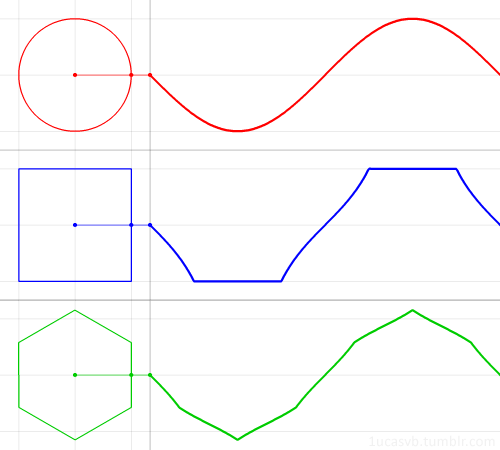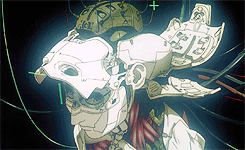
Category: futurism – Page 1,343


2 Billion Jobs To Disappear
Thomas Frey’s futurist predictions will leave you beyond enlightened. Learn more about the state of jobs in the future by clicking here!
In This Trippy Short Film, a Man Meets Every Possible Future Version of Himself
In Therefore I Am, the McCoubrey brothers create a compelling time travel mystery in just six minutes. It leaves you with questions, BUT in a good way.
Therefore I Am tracks a conversation a man has with future versions of himself, each one arriving slightly earlier than the last, each one with slightly different instructions for how to get to that point. You can even trace the loops—each one leads to the next. And yet, not a single one seems to have successfully avoided the event they’re trying to stop.
It’s so slickly done, the editing seamlessly moving from one encounter to another. It’s great.
The Future of Work: Less than 10% of People Have Jobs
In; The Future of Work: Less than 10% of People Have Jobs’ I have shared some articles and interviews where Steve talks about what may be a very real future of work.
Five hundred years from now, says venture capitalist Steve Jurvetson, less than 10 percent of people on the planet will be doing paid work. And next year?
In this fascinating article from the MIT Technology Review Steve outline his thinking of where we are headed.
The Cubli is a 15 × 15 × 15 cm cube that can jump up and balance on its corner
Reaction wheels mounted on three faces of the cube rotate at high angular velocities and then brake suddenly, causing the Cubli to jump up.
h/t: Institute for Dynamic Systems and Control, ETH Zurich, Switzerland.

